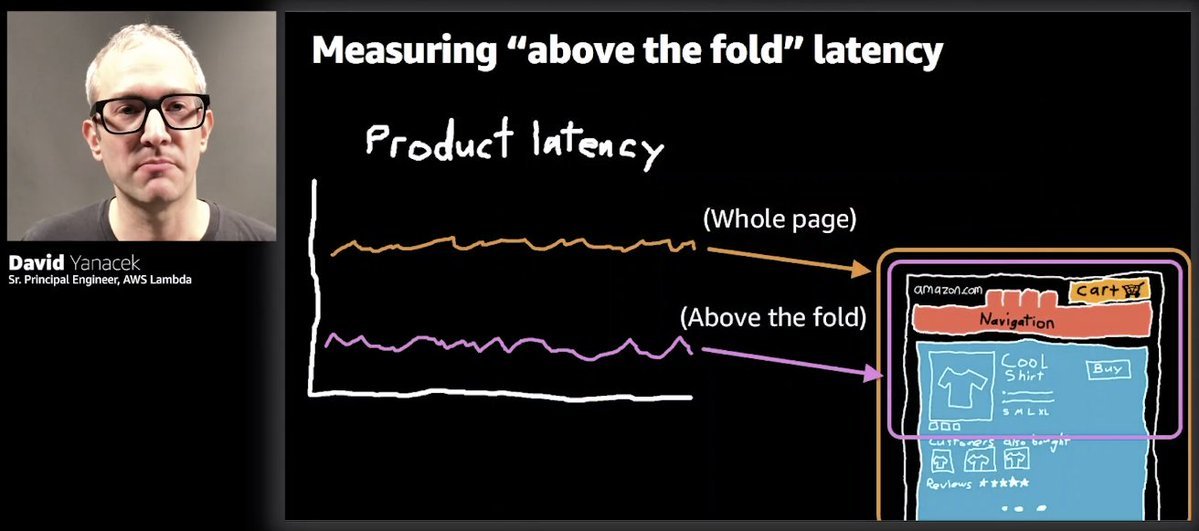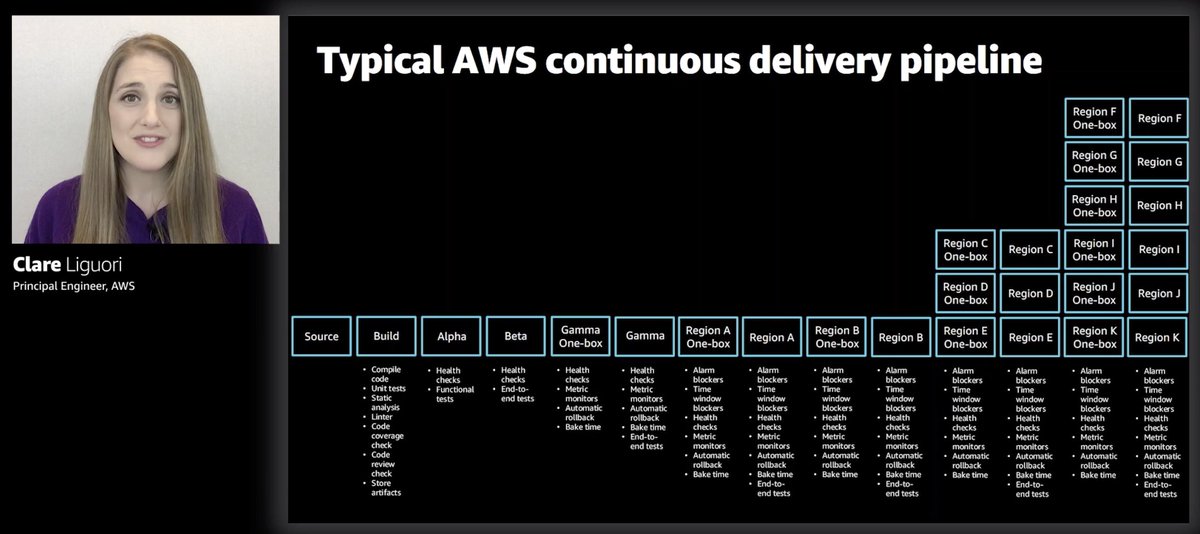
Are you spending too much on Lambda?
Here are some ways to save money on your Lambda bill.
🧵
#serverless #awslambda
Here are some ways to save money on your Lambda bill.
🧵
#serverless #awslambda
Lambda is usually very cost-effective, you only pay when they run (with ms billing) and they scale to zero.
But a combination of misconfiguration and a high throughput use case can give you a nasty surprise when you get your AWS bill, esp if you don't have billing alerts set up.
But a combination of misconfiguration and a high throughput use case can give you a nasty surprise when you get your AWS bill, esp if you don't have billing alerts set up.
A few of my clients have experienced this type of problem before. For example, when a function that is invoked millions of times a day is allocated with way too much memory. Or when provisioned concurrency is enabled on a function with a lot of memory.
Cloud cost control is a complex topic and these types of mistakes are easy to make. I have seen many folks get caught out by the cost of their ECS clusters (bad scaling configuration) or VPC (VPC endpoints, NAT gateway, etc.), or maybe API Gateway and CloudWatch!
As far as Lambda is concerned, the most effective way to cut costs is to make sure you're not over-allocating memories.
@alex_casalboni's Lambda power tuning project is the go-to solution for right-sizing Lambda functions.
github.com/alexcasalboni/…
@alex_casalboni's Lambda power tuning project is the go-to solution for right-sizing Lambda functions.
github.com/alexcasalboni/…
@alex_casalboni But, most of the time, there's no point in optimizing because there are no meaningful cost savings to be had - saving 30% on $0.01/month is a wasted afternoon...
The trick is in finding functions that are worthwhile optimising for cost.
The trick is in finding functions that are worthwhile optimising for cost.

@alex_casalboni You should always right-size functions that use provisioned concurrency because the uptime cost is tied to memory allocation.
for 1 provisioned concurrency:
128MB function = $1.40 per month
10GB function = $111.61 per month
scary when you can be 2 orders of magnitude wrong!
for 1 provisioned concurrency:
128MB function = $1.40 per month
10GB function = $111.61 per month
scary when you can be 2 orders of magnitude wrong!
@alex_casalboni You should also optimize functions that are executed often (e.g. millions of times a month) and:
1. have a long avg execution time, and/or
2. has high memory allocation
If you use cost tagging, you can find functions with high individual costs in AWS billing.
1. have a long avg execution time, and/or
2. has high memory allocation
If you use cost tagging, you can find functions with high individual costs in AWS billing.
@alex_casalboni For @Lumigo customers, you can do this easily by sorting your functions by cost (desc order) and then look at the top of the list.
Look for functions that:
1. have a high cost; and
2. low avg. memory
Prime targets for optimization!
Look for functions that:
1. have a high cost; and
2. low avg. memory
Prime targets for optimization!

@alex_casalboni @Lumigo Another way to save on Lambda costs is to switch to ARM arch.
Per ms, it's about 25% cheaper compared to x86 functions.
But, you need to test your workload on ARM vs x86 and make sure there's no significant perf difference.
Per ms, it's about 25% cheaper compared to x86 functions.
But, you need to test your workload on ARM vs x86 and make sure there's no significant perf difference.
@alex_casalboni @Lumigo In the launch post, AWS mentions a 19% better performance in their tests.
Since the launch, there's been a lot of report from others that found their workload to be significantly worse performing on ARM. In the worst case, I saw 60% longer exec time running on ARM.
Since the launch, there's been a lot of report from others that found their workload to be significantly worse performing on ARM. In the worst case, I saw 60% longer exec time running on ARM.
@alex_casalboni @Lumigo IO-heavy functions are usually good candidates for ARM. Function spends most of its time idle, waiting for API response, so CPU cycles are wasted anyway, and CPU perf likely does not vary greatly in these cases either.
Take that 25% saving and say thank you :-)
Take that 25% saving and say thank you :-)
@alex_casalboni @Lumigo Lastly, a counter-intuitive one... you can save money by using provisioned concurrency if you have a busy function and you know what you're doing!
PC has uptime cost, but duration cost is ~70% cheaper than on-demand.
PC has uptime cost, but duration cost is ~70% cheaper than on-demand.
@alex_casalboni @Lumigo If provisioned concurrencies are kept busy ~60% of the time, then you reach break-even, and beyond that, cost savings.
Risky approach - steep penalty if you get it wrong because of uptime cost. I wouldn't recommend this, use PC for eliminating cold starts instead (as intended).
Risky approach - steep penalty if you get it wrong because of uptime cost. I wouldn't recommend this, use PC for eliminating cold starts instead (as intended).
@alex_casalboni @Lumigo If you prefer reading thin a long-form blog post instead, you can find it here:
theburningmonk.com/2022/07/the-be…
theburningmonk.com/2022/07/the-be…
@alex_casalboni @Lumigo That's a wrap!
If you enjoyed this thread:
1. Follow me @theburningmonk for more of these
2. RT the tweet below to share this thread with your audience
If you enjoyed this thread:
1. Follow me @theburningmonk for more of these
2. RT the tweet below to share this thread with your audience
https://twitter.com/theburningmonk/status/1549016170279407617
• • •
Missing some Tweet in this thread? You can try to
force a refresh







